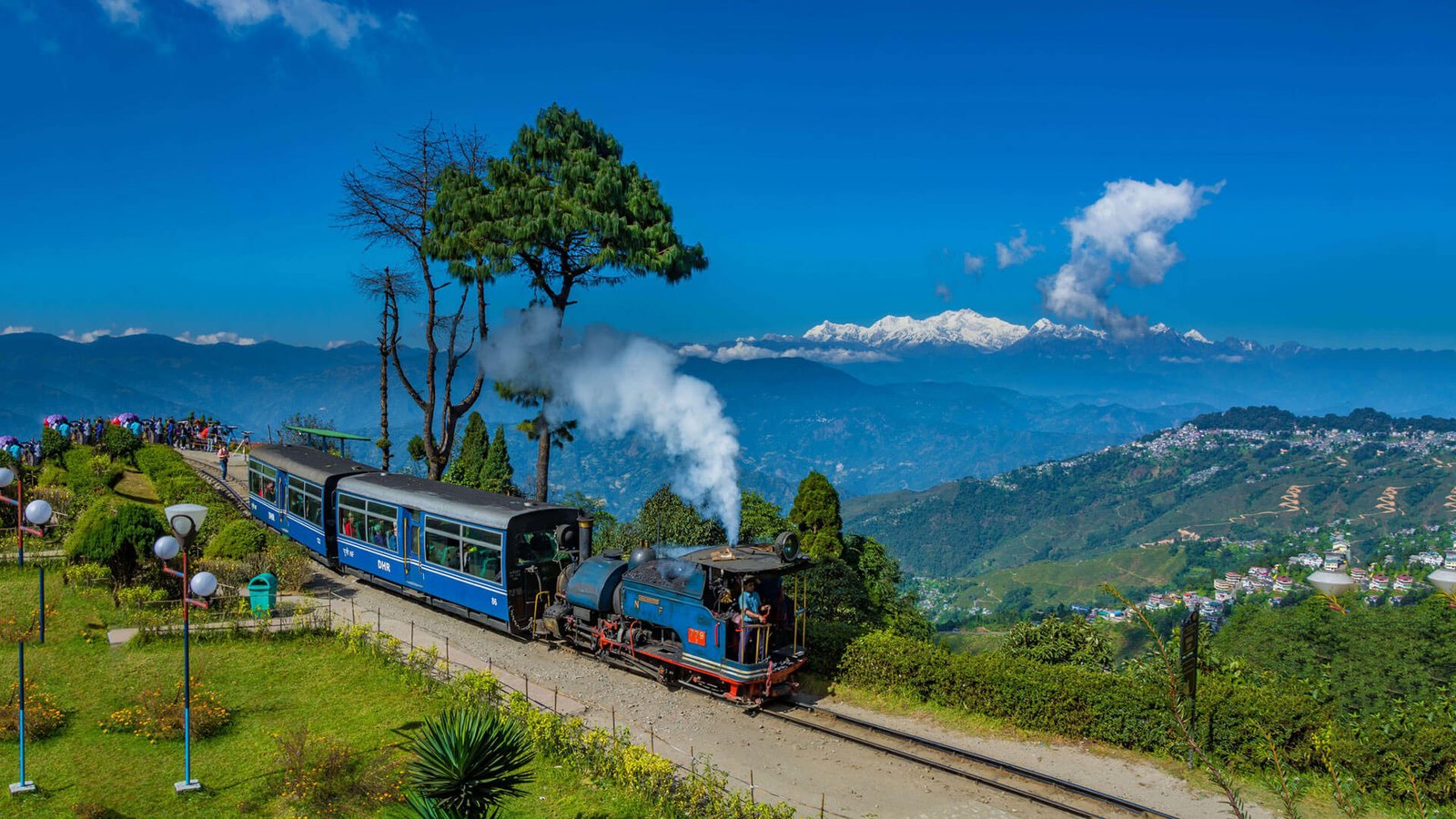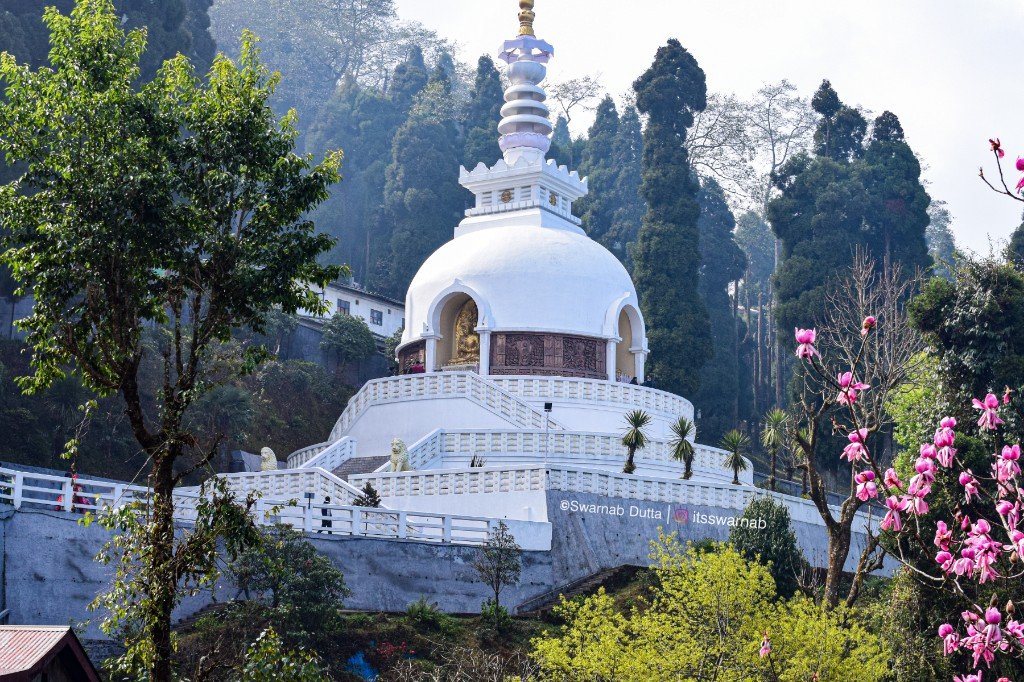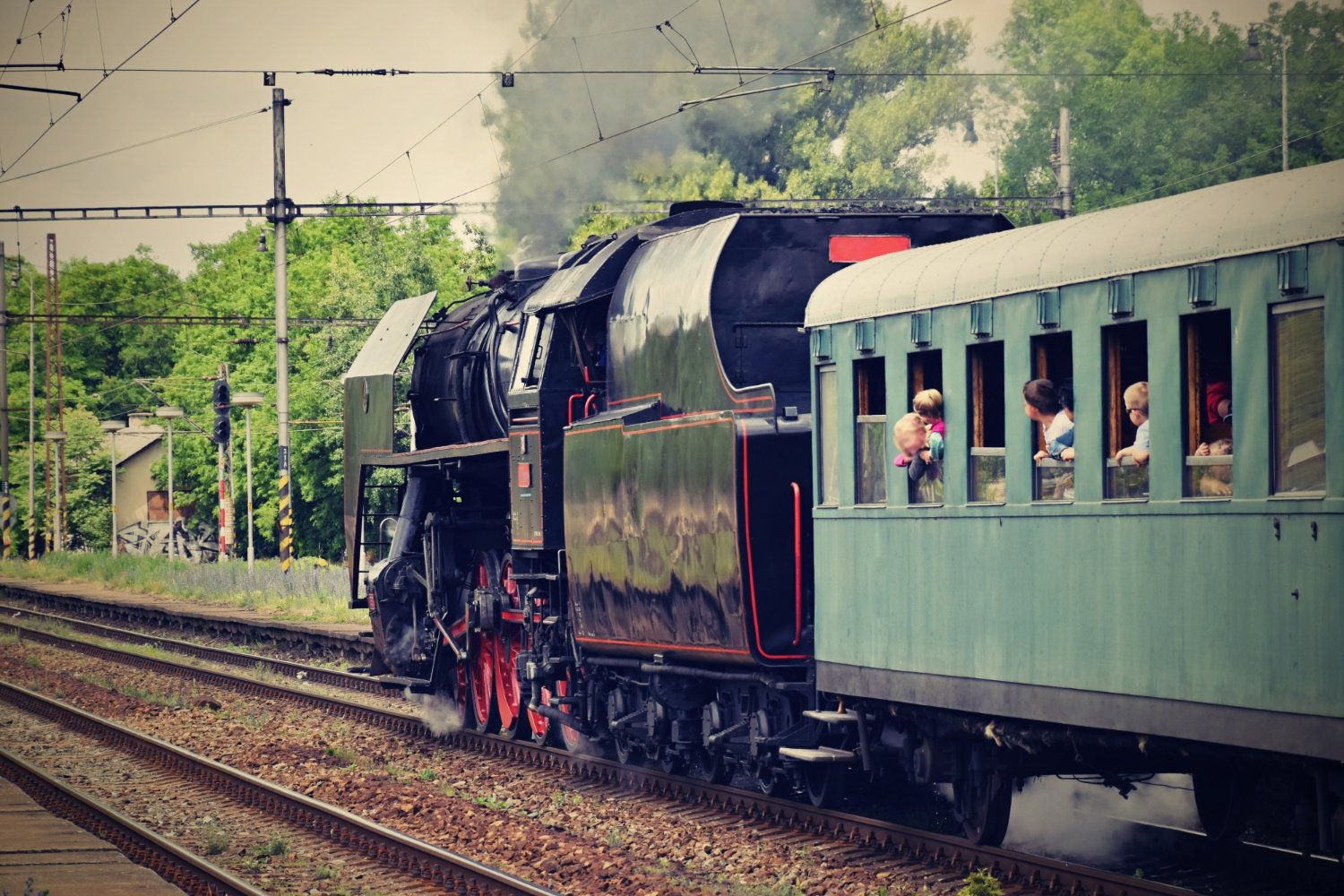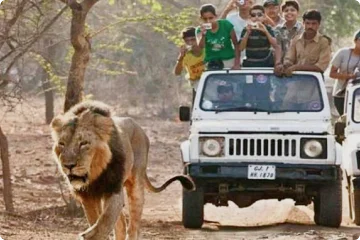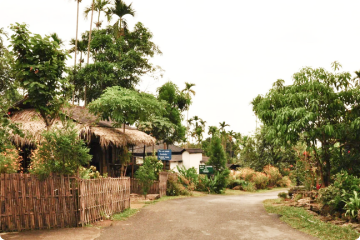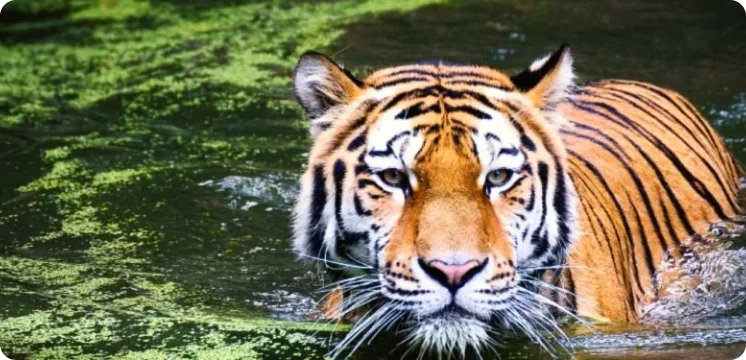In the Heart of the Himalayas – Darjeeling
5.0
Most
favourite
30
Total views
Darjeeling is a popular hill station in West Bengal, India, known for its stunning views, tea plantations, and rich cultural heritage. It's a great destination for nature lovers, adventure enthusiasts, and those seeking a peaceful getaway.
Must-Try Local Dishes in Darjeeling
These dishes reflect the rich cultural tapestry of Darjeeling, influenced by Nepali, Tibetan, and Bengali cuisines. Be sure to explore local eateries and street food stalls to experience the authentic flavors of the region.

Momos
Steamed or fried dumplings filled with vegetables, chicken, or pork. Served with spicy tomato-based chutney, they're a staple snack.
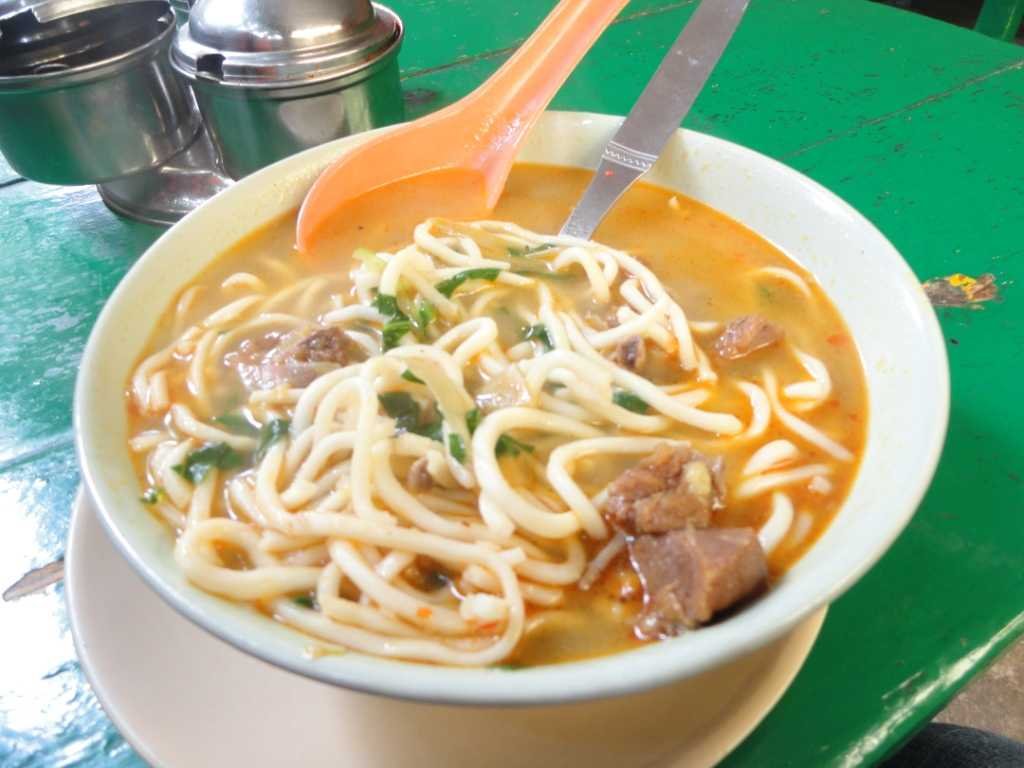
Thukpa
A hearty noodle soup with vegetables and meat, perfect for the chilly Darjeeling weather.
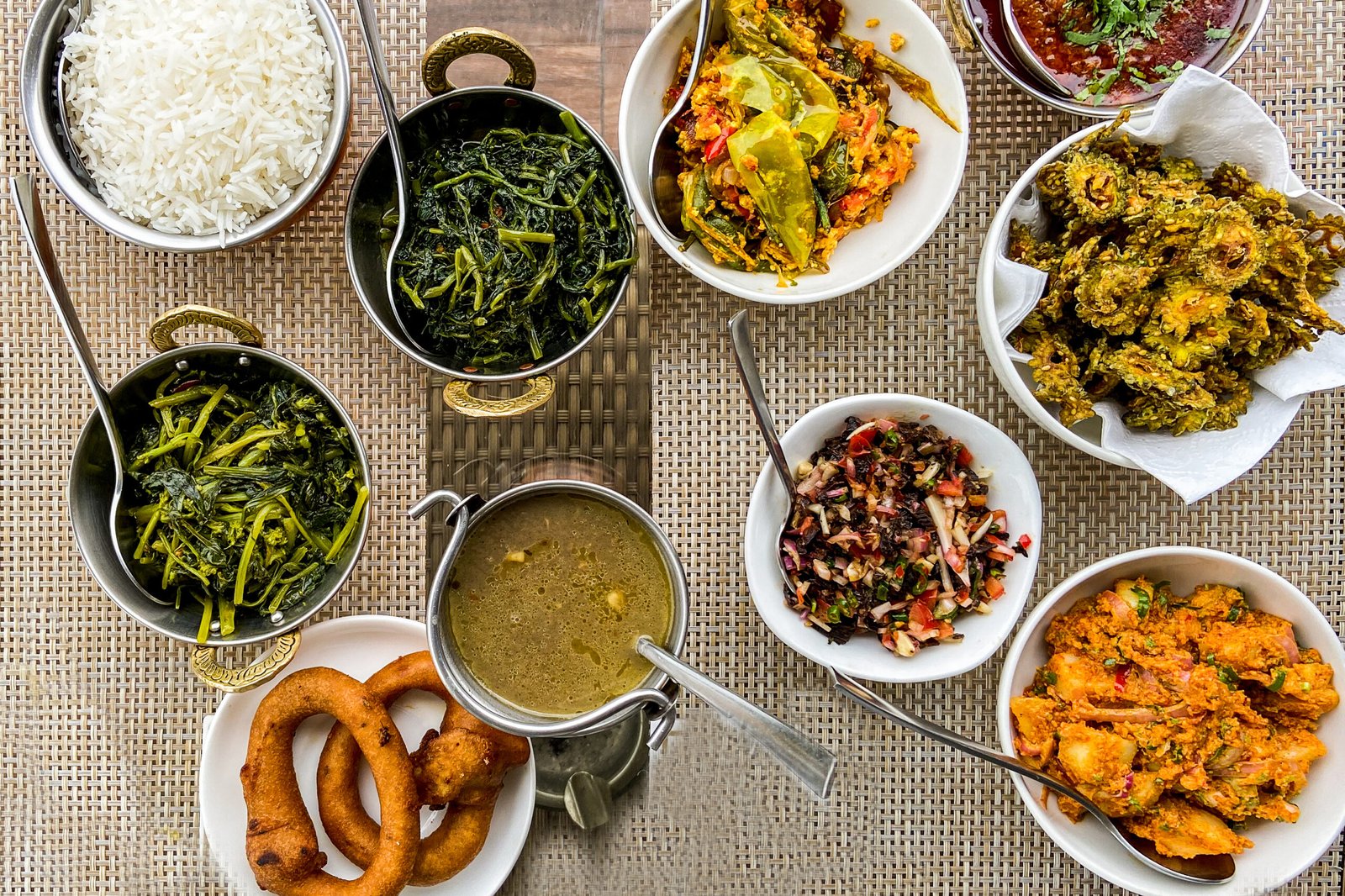
Traditional Nepali Thali
A wholesome platter featuring rice, dal (lentils), vegetables, pickles, and sometimes meat.

Aloo Dum
Spicy and tangy potato curry, often enjoyed with puris or as a standalone snack.
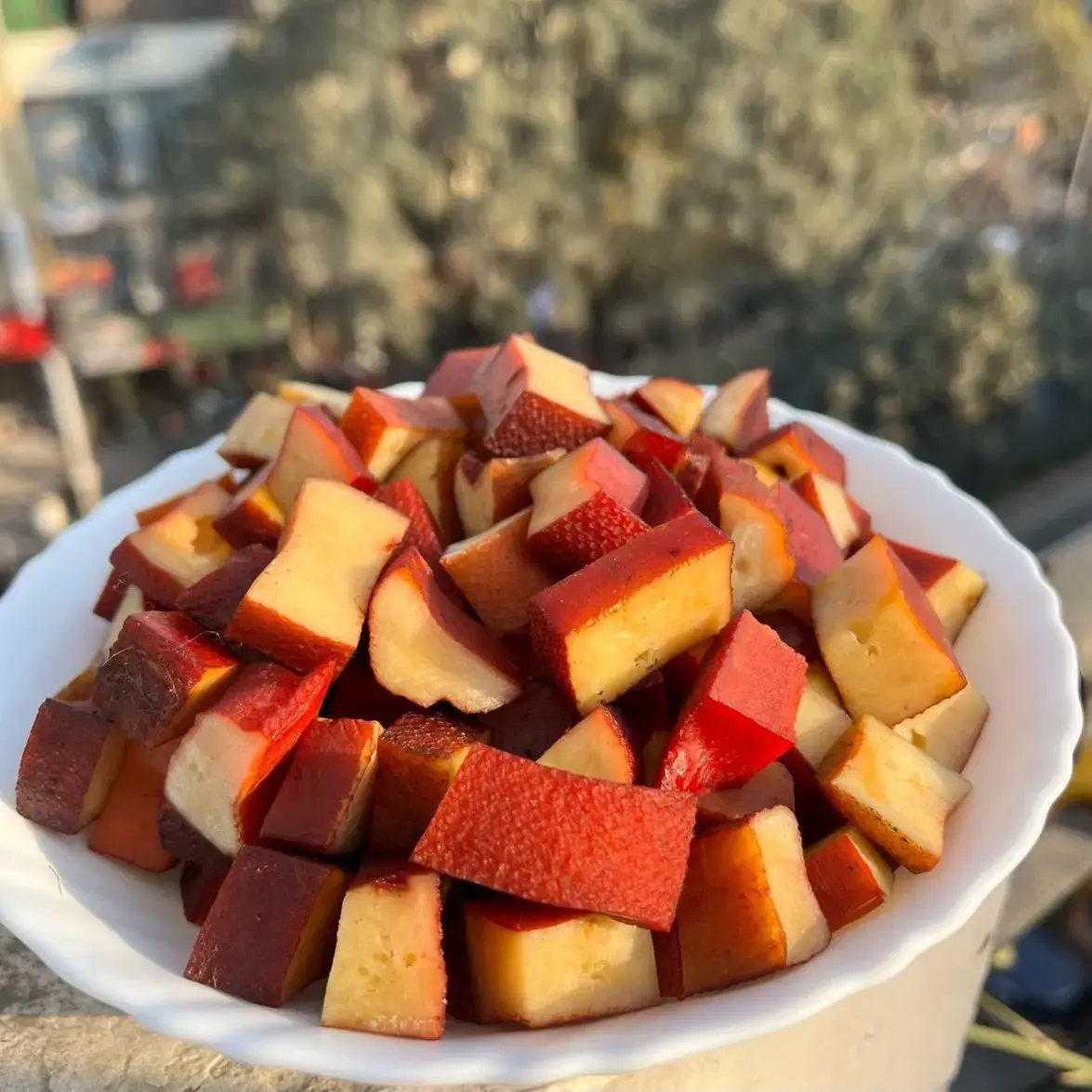
Churpee
A traditional hard cheese made from yak milk, often chewed as a snack.
Darjeeling Tourist Advisory: What You Need to Know
March to May (Spring): Blooming rhododendrons, pleasant weather, clear views of Kanchenjunga.
October to December (Autumn/Winter): Crisp skies, snow-capped peaks, and ideal for sunrise at Tiger Hill.
Avoid June to September: Heavy monsoons can cause landslides and roadblocks.
Warm clothes (jackets, sweaters, gloves, scarves), especially in winter.
Umbrella or raincoat in case of sudden showers.
Comfortable walking shoes.
Moisturizer and lip balm (due to dry weather).
Personal medications, motion sickness tablets (hilly roads).
The Darjeeling Himalayan Railway: A Journey Through Time and Beauty
The Darjeeling Himalayan Railway (DHR), affectionately called the Toy Train, is more than just a mode of transportation—it’s a living piece of history and an unforgettable travel experience. Nestled in the lap of the Eastern Himalayas, this narrow-gauge railway winds its way from the plains of New Jalpaiguri to the quaint hill station of Darjeeling, covering a distance of about 88 kilometers.
This engineering marvel was declared a UNESCO World Heritage Site in 1999, making it the first railway of its kind to receive such an honor. It represents a rare feat of mountain railway engineering from the British colonial era, built between 1879 and 1881, using manual labor and limited tools. Despite its modest speed and narrow tracks, it climbs from the low-lying plains to over 2,000 meters above sea level, weaving through steep gradients, tight curves, and picturesque settlements.
Darjeeling Tea: A Fragrant Journey Through the Misty Hills
Darjeeling tea is often hailed as the “Champagne of Teas” — a title it rightfully earns for its delicate aroma, muscatel flavor, and global reputation for excellence. Nestled in the foothills of the Eastern Himalayas, the tea gardens of Darjeeling are not just a source of this celebrated beverage but also a breathtakingly scenic experience for travelers. The region boasts over 80 tea estates, many of which date back to the colonial era. As you drive through winding roads, the lush emerald slopes unfold like a living canvas. With mists rolling across the terrain, birds calling from nearby pine forests, and tea pluckers in vibrant saris dotting the landscape, the experience feels timeless. What makes Darjeeling tea special is a combination of altitude, climate, soil, and traditional plucking methods. The leaves are usually harvested by hand, with great care taken to select only the youngest and most tender buds. The unique terroir lends the tea its world-famous floral and fruity notes — a profile impossible to replicate elsewhere.

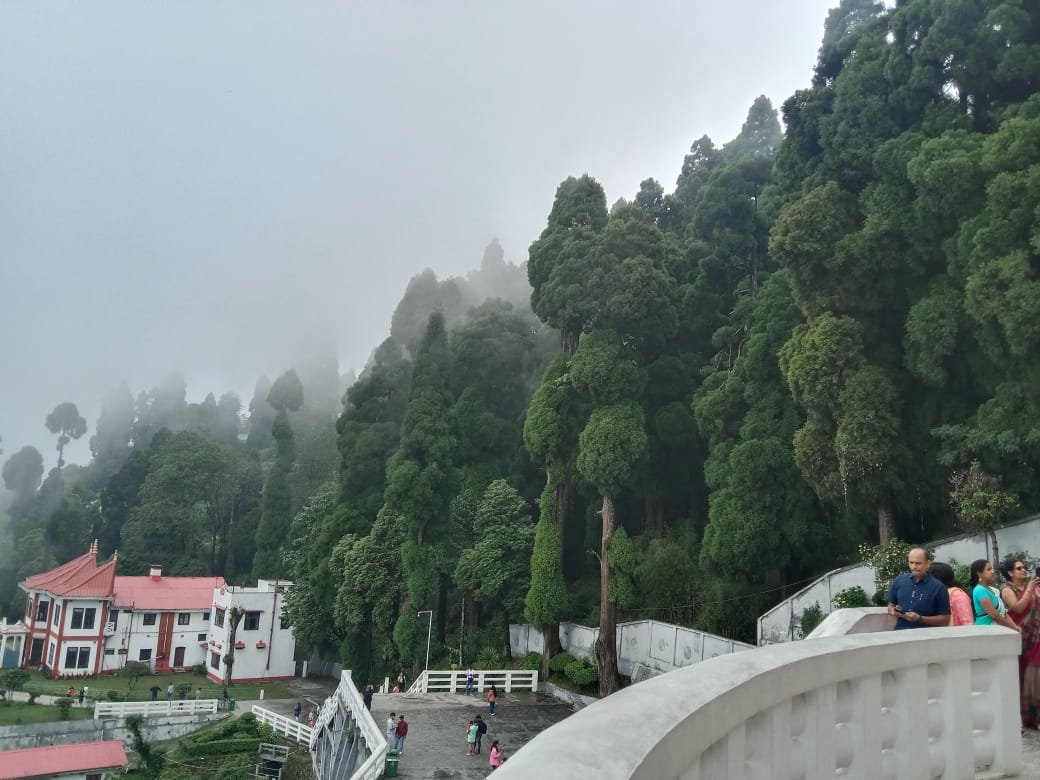
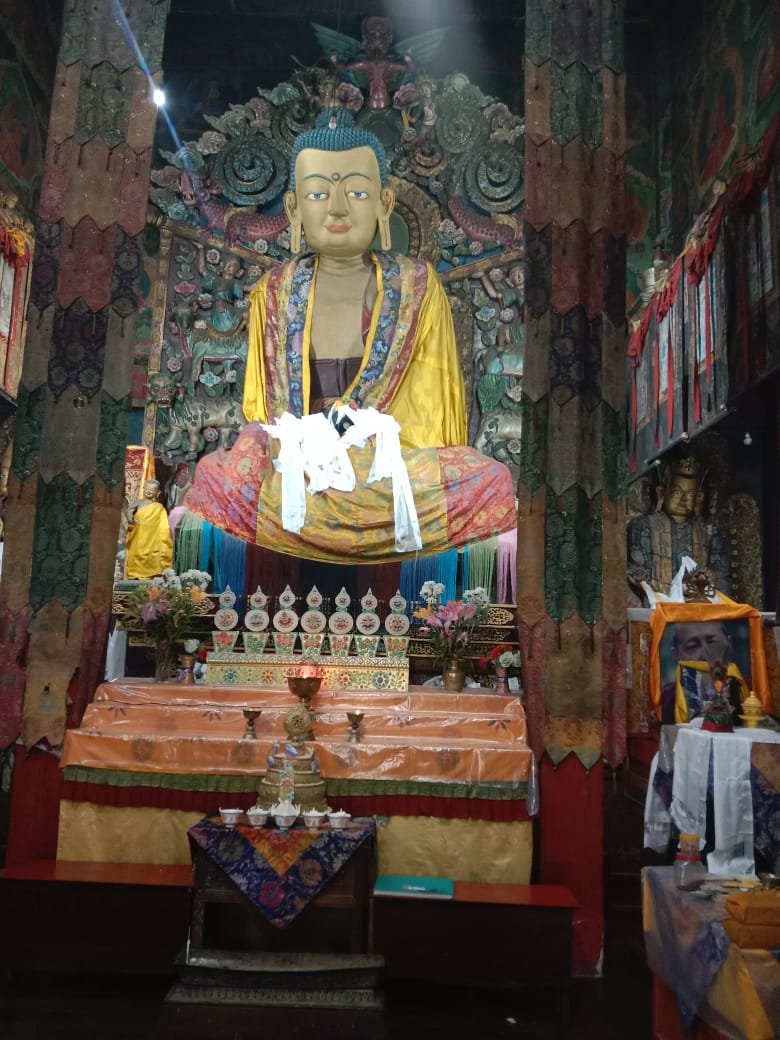
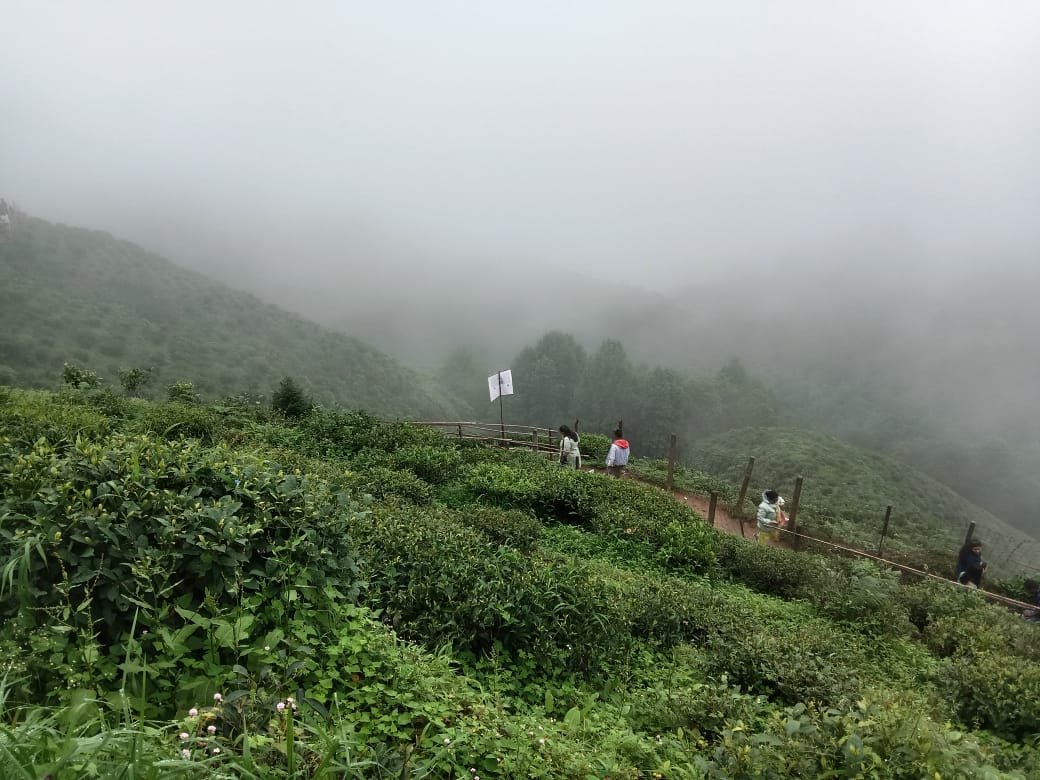
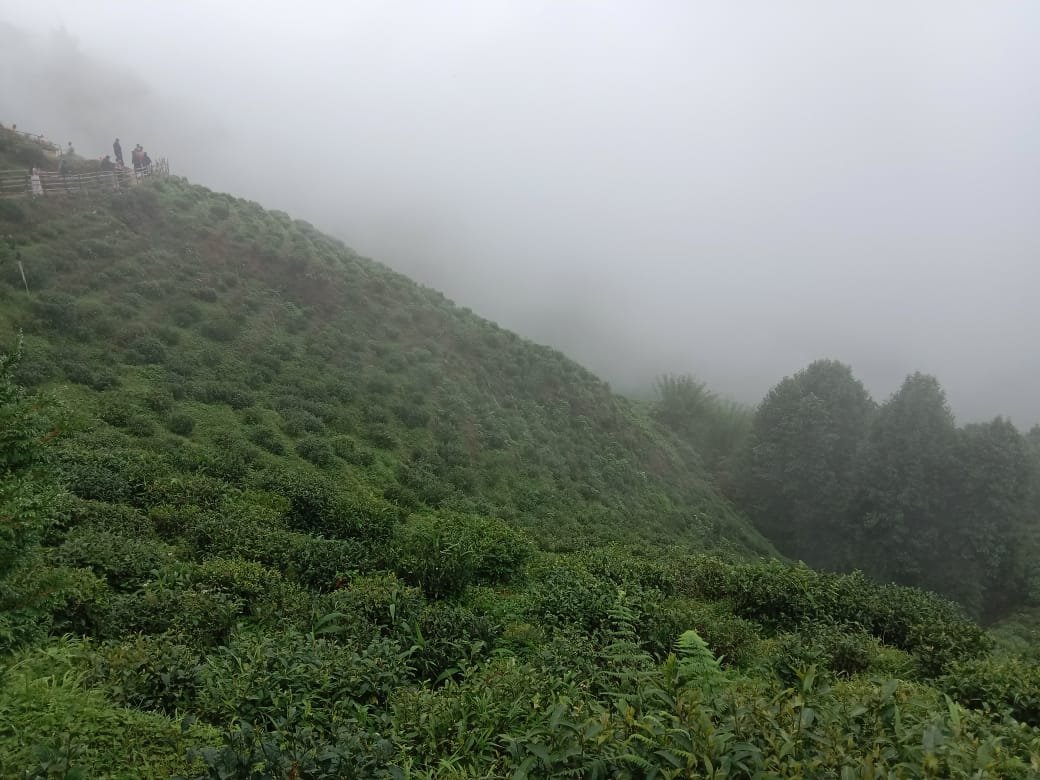
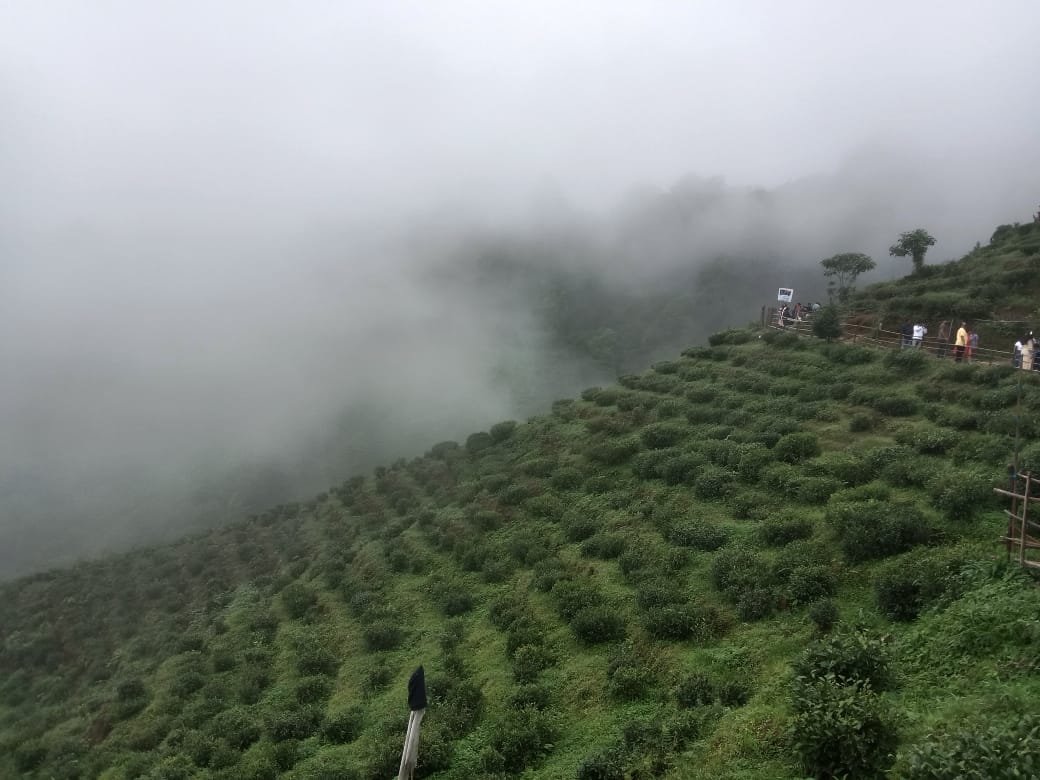
.jpeg)
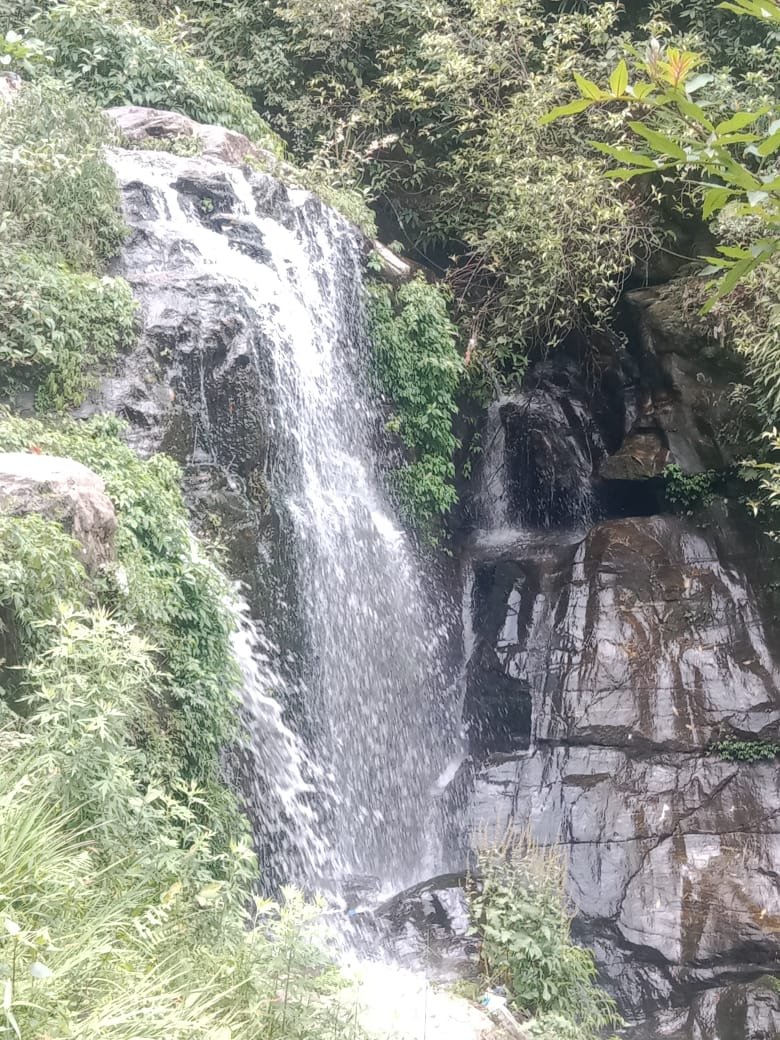
.jpeg)
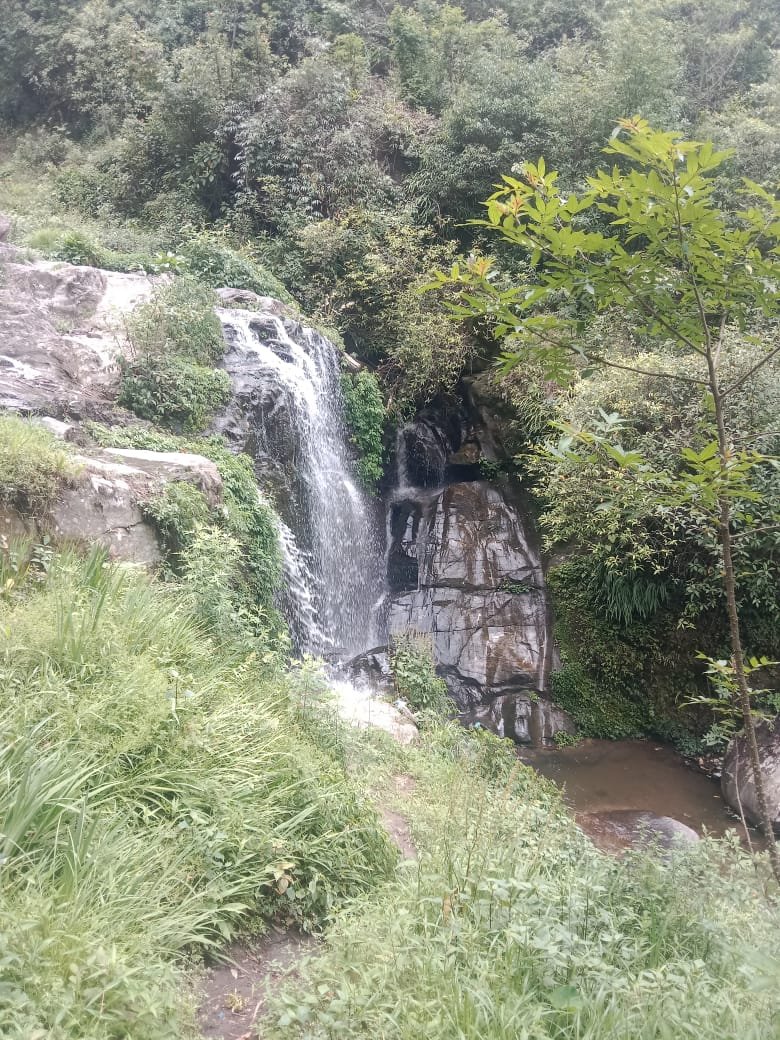
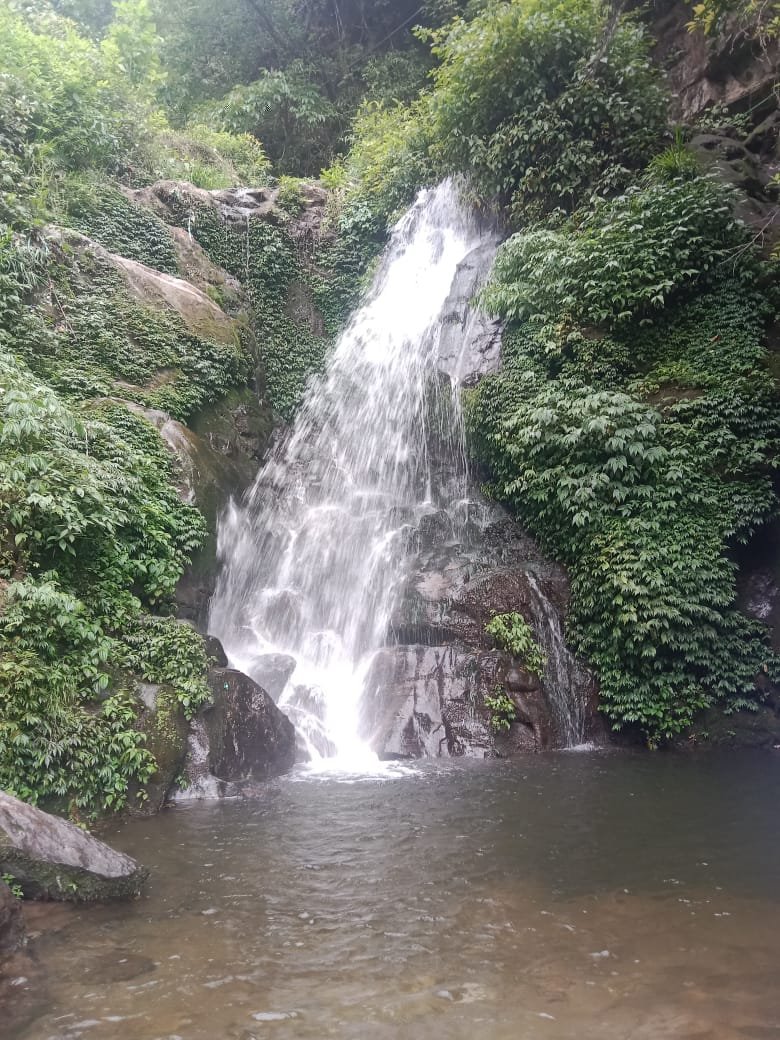
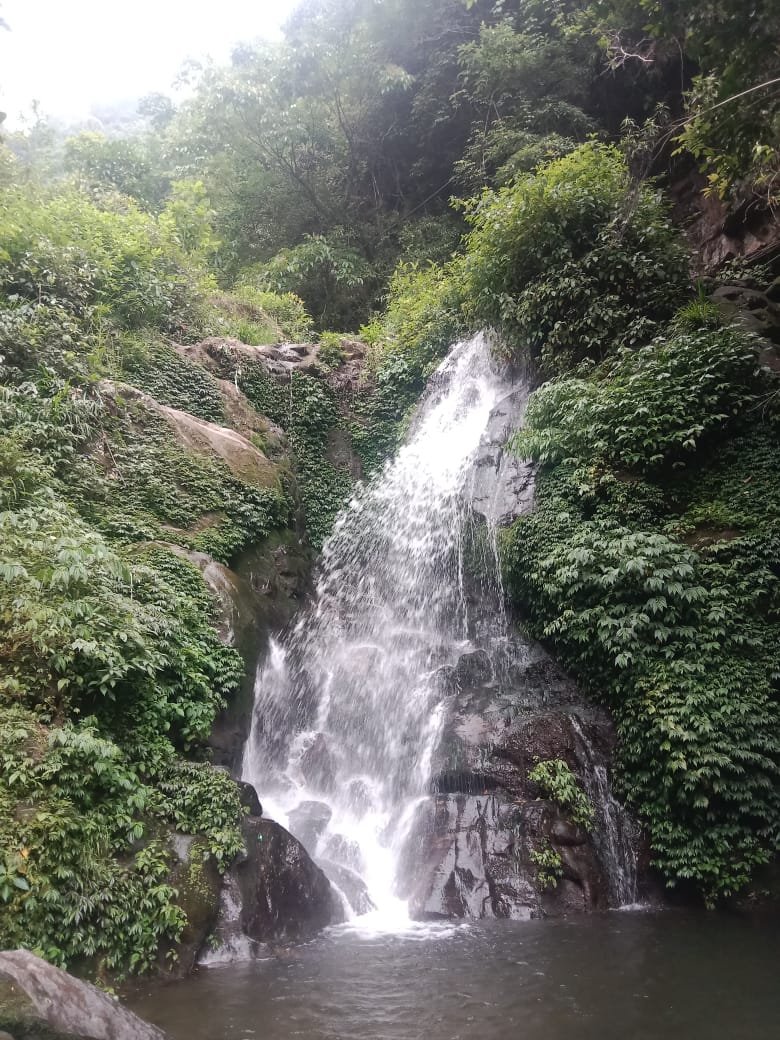
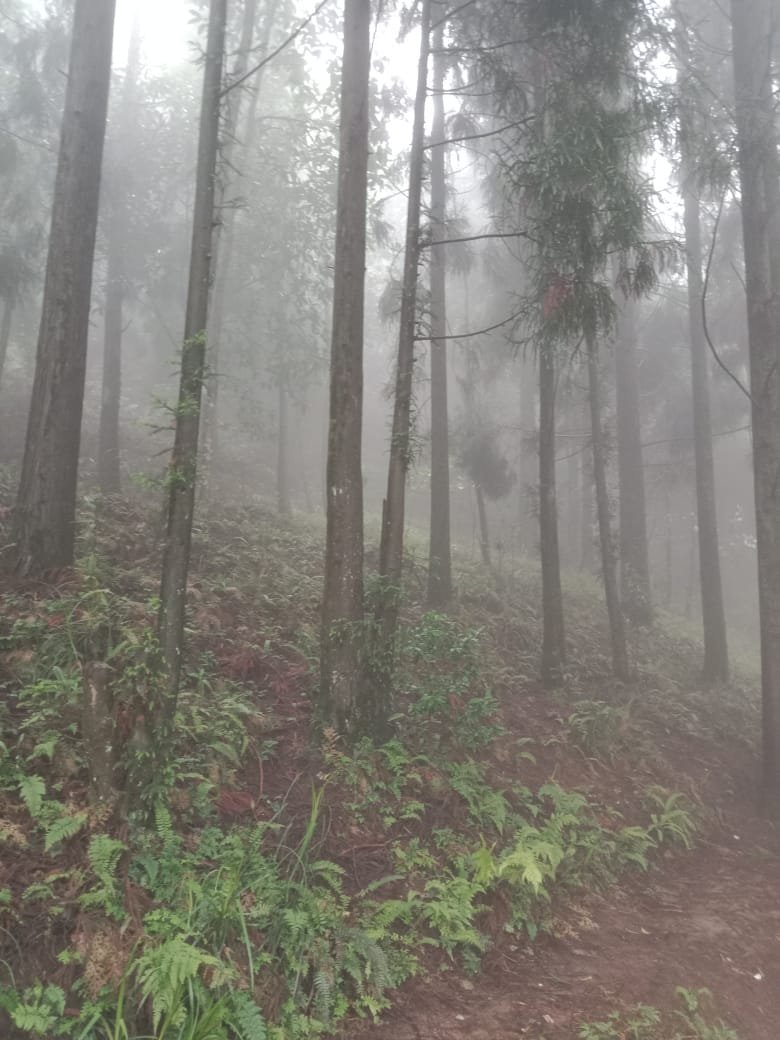
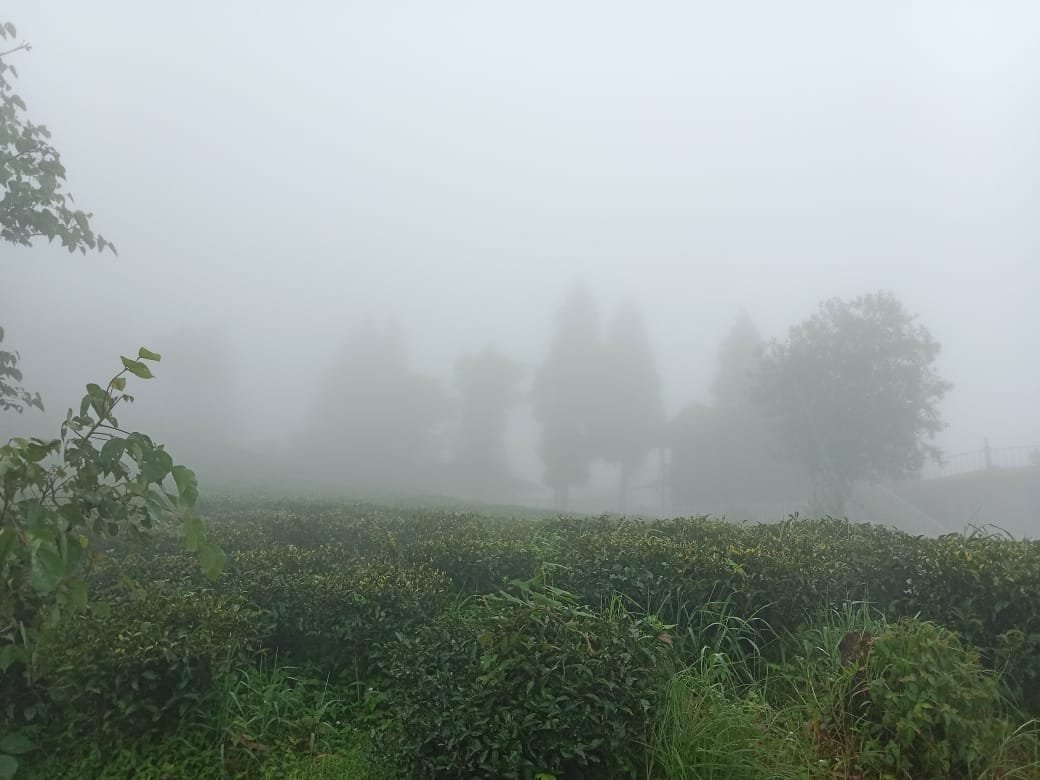
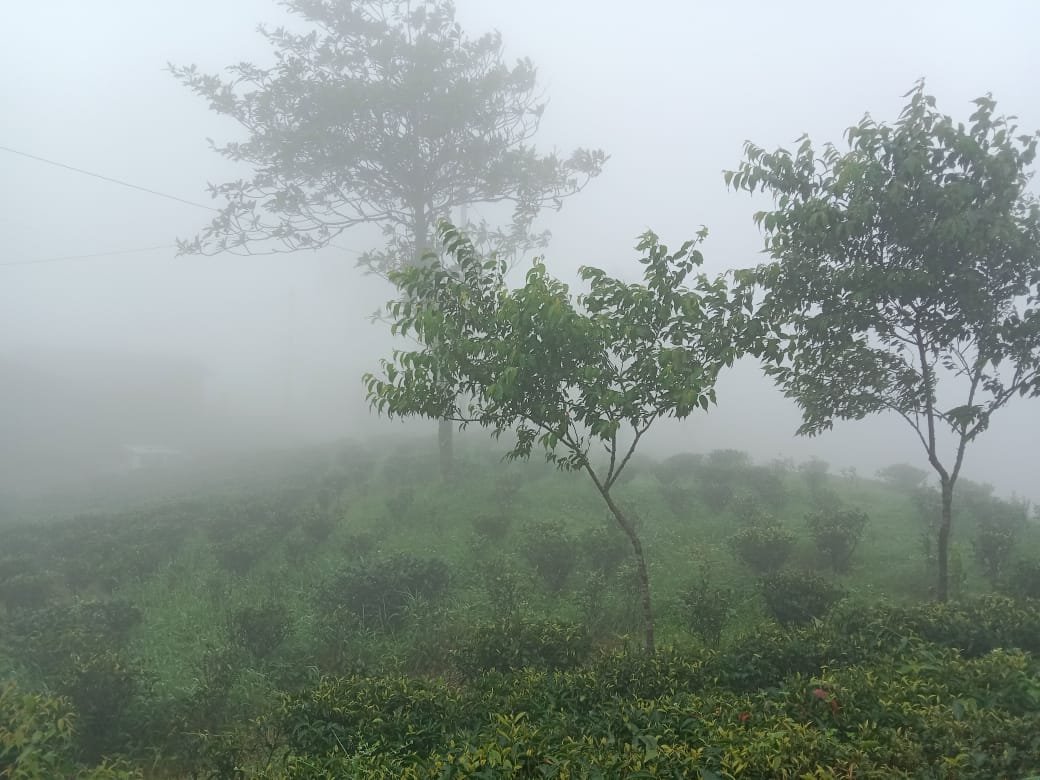
.jpg)
